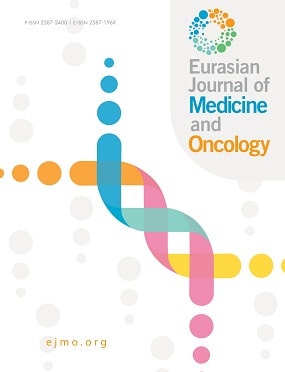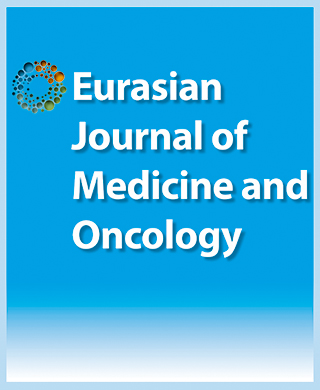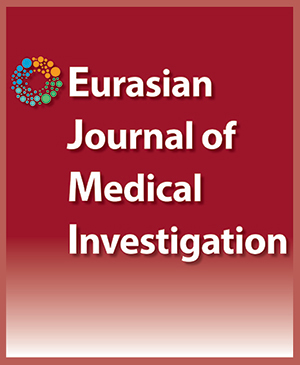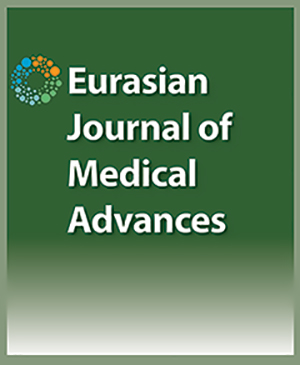

Genome Organization of Covid-19 and Emerging Severe Acute Respiratory Syndrome Covid-19 Outbreak: A Pandemic
Hanuman Singh Dagur1, Saurabh Dhakar21Department of Biotechnology, Jaipur National University, Rajasthan, India, 2Deparmant of Biosciences and Bioengineering, Indian Institute of Technology, Bombay, India,
The World Health Organization (WHO) announced Covid-19 disease as a pandemic caused by SARS-CoV-2 which has reached 204 countries and territories. Around 15 lakh people are infected and about 1 lakh have died till April 8, 2020. A global social and economic stress have been observed. SARS-CoV-2 is a rapidly evolved zoonotic single strand, positive sense RNA virus belonging to the genus betacoronavirus which contains structural and nonstructural proteins. It transmits through airborne droplets and rapidly spreads through person-to-person contacts in the human population. It causes both upper and lower respiratory tract disease to be associated with more severe illnesses, such as bronchitis, bronchiolitis, pneumonia, organ failure and respiratory distress syndrome. The symptoms of Covid-19 are fever, tiredness, dry cough, sore throat and difficulty in breathing. 5-10% people require critical care subjected to ventilation. Medicines are being used in combinations worldwide to overcome the disease. On the basis of research findings, we hypothesize that antimalarial drugs, regular BCG vaccination and higher temperature may reduce the infectivity of Covid-19. Physical distancing is a potential way to control community transmission of the pandemic. Vaccination is required to mitigate Covid-19 virus, while vaccine development is subject to further research. Keywords: COVID-19, physical distancing, transmission
Cite This Article
Dagur H, Dhakar S. Genome Organization of Covid-19 and Emerging Severe Acute Respiratory Syndrome Covid-19 Outbreak: A Pandemic. EJMO. 2020; 4(2): 107-115
Corresponding Author: Hanuman Singh Dagur



